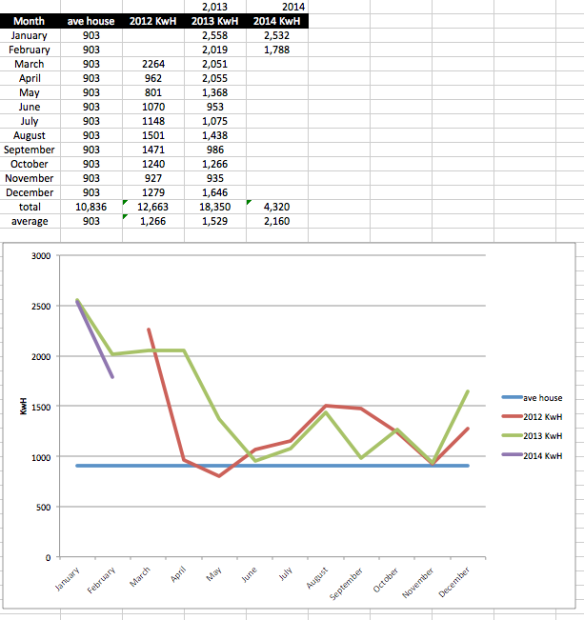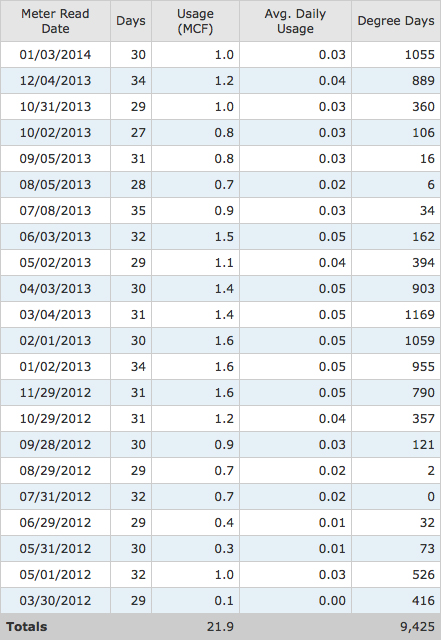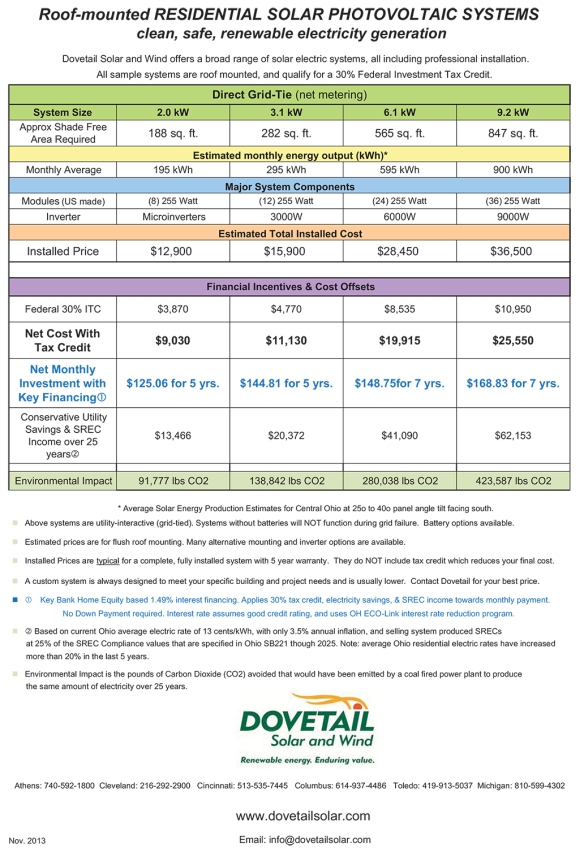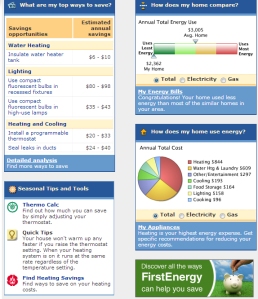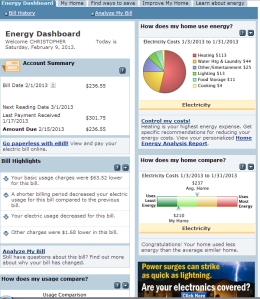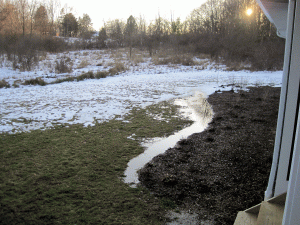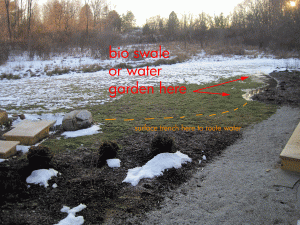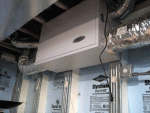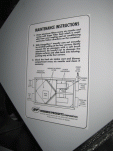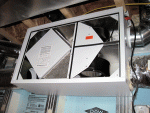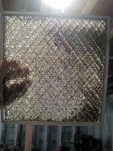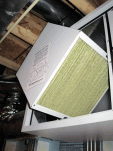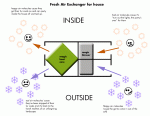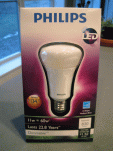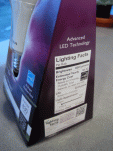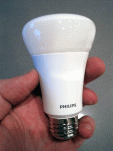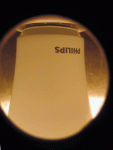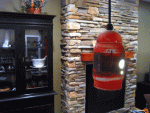What should have been a day where I worked all day wire-to-wire, turned out to be lost to time with little production to show for it. As I settled in to work on my project, the one due Friday morning, I could be found clicking away at my computer. Adjacent to my four-by-eight veal box of an office is my studio. In my studio are the litter boxes for our three resident felines. Well the boxes really needed to be cleaned out. I should have done it days ago but just got really busy. They smelled enough that I had to do something – I can work like that no longer. I figured I could scuttle an hour this morning to increase the aromatic niceness of my office. Someday I’ll move the cats to the basement, clear out all the junk at the bottom of the stairs and set up a litter box spa for our furry friends. But that day was not today.
So as the wife left for the dentist I started in on cleaning the litter boxes. On my way back and forth I noticed the box that the FedEx guy dropped off; the spousal unit had set it in the foyer. It was the 501 air filter for our Aprilare air cleaner…
Okay, here’s the deal: I have some sort of metal disorder where I can’t do something monumental if I have something minor weighing on me. My OCD requires me to make a mental list and check items off of it. So in lieu of working – you know, the stuff that pays the bills – I now had to clean the litter box AND change the air filter. I could bang them both out in under an hour I thought. Just work later into the evening. Sounds like a fair deal I negotiated with myself.
So I grabbed the filter, whose replacement now superseded the litter boxes, and went down stairs. I spare you my perplexity as I tried to figure out how to change the filter without reading the directions. Luckily the new filter had complete instructions printed on the box, albeit in an unreadable (by my forty-year-old eyes) green color. Despite the instructions it was still a royal pain-in-the-ass: There are these pleats…and these pleat separating things…and god, it’s just a complicated ordeal. Meanwhile Dixon and Daisy are milling about. And not surprisingly EACH of them decided to walk INTO the open air filter, leading to the innards of the furnace and ductwork. Twice I had to reach in there and retrieve a cat. Both got tush pushes courtesy of yours truly; encouraging them to go play anywhere but INSIDE the furnace.
Okay, filter replaced. Go back to litter box, then work. Behind schedule but, check the “air filter that you replace every 6 months, but I change every 2 years instead” monkey off my back.
Top of stairs, turn to laundry room to clean litter boxes….“What’s that?” I said to the yellow envelope sitting on the bench.
Picking the envelope up I looked at the label, “Hey, these are my ionizing wires”. They were shipped separately from the filters. Looking around…“I could get these in quick, then do the litter boxes. Be back to work by ten, tops” I thought. See, ionizing wires stretch along the length of the air filter assembly and ionize something so that something else happens in there. All I know is I had two broken ones. Oh, and they cost $16 a pop.
“What’s that?” a little blond kid asked. I had forgotten I was supposed to be watching the kids too. Things weren’t looking good on the work front. Don’t even get me started on parenting.
“Ionizing wires.” I carefully opened the envelope and cut the plastic bags, knowing that if I broke one..cut one even…there was a good chance I would lose my mind and probably burn the house down out of spite, then spend the rest of the day in the bar down the street.
Back downstairs I pulled out the furnace air filter assembly, yet again. With barely a blink my two furry companions were on me like white on rice: checking to make sure I wasn’t screwing anything up. Oh, and to crawl into the furnace again. “Damn it, get out of here!”
Looking down I fiddled with the ionizing wires. There are nine, and before me lay seven intact, and two flailing about between my finger tips. “Alright, I can probably salvage this one”
“Bring me a flashlight!” I yelled upstairs to my kid. It’s amazing how blind I am; it’s like a switch they flick when I turned forty. Life is a genuine bitch.
“What?”
“Oh my god, bring me a freaking flashlight.” After trying to insert the wires blind, I was this close to throwing the air filter assembly through the argon filled basement window.
“Ooooo okay.” He was jazzed cause he got the “put-me-in-coach” call from his old man in the basement.
Now I had two cats and a kid watching me wrestle ionization wires. After I tried three times, flashlight between my teeth, the cats gave up on me and moved on to trying to defoliate a fake christmas tree.
“Here, hold this…and point it right here” I handed my little helper the flashlight and gestured to the end of the ionization wire I was making love to.
“Voila!” I was able to re-use the one wire. “$16 will buy a lot of beer” I thought.
The next wire was just as fickle as the first. Well I must have exceeded the attention span of a five-year-old because now the flashlight was dancing all over the place.
I fired him on the spot and took back my flashlight. He sheepishly walked back upstairs. I felt bad, but this is the big leagues. Better he learn life’s disappointments from me than some random prick out in the real world.
Back to my wire, I snapped it on the third try, and out came the new shiny wire. Eventually I got it installed; it’s a miracle I didn’t break it or have a stress induced heart attack.
“Cool!” I smiled as I slid the filter assembly back into the open furnace.
Snap.
Flick.
Blue lights on…everything’s working.
Look around. It was eerily quiet.
“Where are the cats?” I wondered.
…
“Where are the cats?” I wondered out loud…like really loud.
“What?” a five-year old voice called down from the top of the stairs.
Fourteen life choices cycled through my head in a matter of one second. “We need to find the cats. NOW.” I yelled upstairs as I shut off the air cleaner and pulled out the air filter assembly. I gazed inside half expecting to see eyes.
Nothing.
I put the filter in the way of the opening to block it, in case they weren’t in there; they wouldn’t now be able to get in. The taller of the two blond kids that eat my food came down stairs. “Do you know where the cats are?” I asked him.
“No”
“Well let’s play a game whereby we find them and then daddy doesn’t go to PETA jail because he stuffed his cats into a running furnace.” I mean normally the damn things are easy to find, even in our basement; which looks like an episode of hoarders. I instructed my oldest to keep looking, and I went upstairs.
“Have you seen the cats?” I asked pip-squeak. He was watching Disney’s ‘Frost’ for the 1,472nd time.
“Oh I know” he said and then proceeded to lead me along a string of false, and historically inaccurate cat sightings dating back to around the time they lost that plane in Malaysia.
It was a blur. I some point I turned off the furnace at the thermostat. Figuring that might be a good idea. Eventually I found myself back downstairs.
We found a cat.
It was Dixon.
He was sitting so nice. God, he’s such a nice cat…really tame and friendly…and here he was sitting so nice in front of what will be a future bathroom someday, down in the basement. There he was sitting nice…
And looking up.
I went over to him and looked up too. Then it hit me. Animals don’t look up because they are philosophizing about the plight of blue-fin tuna in the Far East.
“Oh you’ve got to be F*CKING kidding me.”
I said that out loud.
“Is that even possible?” I thought as my eyes traced back along the labyrinth of silver ducts…eight inch round leads to twelve-inch rectangle…leads to big ass return air…leads to air cleaner.
I mean how could she even climb up and around that duct work. But this is Daisy we’re talking about. Just the other day I saw her climb the fireplace to the ceiling. Sure the duct was smooth, but I wouldn’t bet against her.
I quieted myself. Dixon looked at me, then back at the pipes and tilted his head.
And that when I heard it.
So faint you’d think it was a lie.
The faintest sound of claws. On metal. Moving left to right.
My ninja cat, she can barely meow and her purrs can only be felt, was in the ductwork of our home.
My eyes traced a line as she moved towards the foyer. I started calculating the ramifications. There was a joint in the pipe. I could cut that. Keep her localized between the floor vent and where I’ll rip the pipe from the ceiling. I grabbed a stick and tapped the pipe; hoping to get a faint meow to confirm my suspicions.
Nothing. Just faint claw clicks.
And that my friends is while I should not work from home. If I went to an office like every other poor stiff out there in the real world this would have never had happened. See, working in an environment with so many distractions only leads to me getting grey hairs and a one way ticket to OCD-stress endured psychosis. And they do not serve beer in mental wards. I’ve checked.
With a sigh I followed Daisy’s quiet march, walking along and looking up.
Then I saw it.
Between the two ducts above my head.
I saw a flash of…
Fur.
“Bad cat!” I exclaimed in relief. My oldest kid came back down the stairs. “Did you find her?”
“Yep.”
She wasn’t inside the pipe, she was on top of the pipe. Balancing her tiny body (it could fit in a cereal bowl) on top of the pipe there was no way for me to see her. It is tight in that joist bay; filled with two air ducts. Well that was a win for me. I wouldn’t have to tear down the ductwork. The blond kid got a good chuckle out of it. As did I. Later he’d tell his mom all about it with laughter and eye gleams only a little kid can muster. Real family memories no doubt.
As for Ms. Daisy, she walked her way back to the end. I think she bit off more than even she could chew because I had to get a ladder to get her down. I have no idea how she got up there. You could look at every possible way and couldn’t figure it out. At the very least she’d have made some noise scrambling UP there but I heard no commotion when I was working on the air filter wires. A mystery that I doubt she’ll repeat anytime soon.
I’m just glad she wasn’t inside a duct.
You can’t imagine how glad.
By time I got to work it was eleven in the morning. Ultimately my morning was shot. I did get three chores off my list – and the reality is, doing so did allow me to focus on my work better. I didn’t get nearly enough done today, but tomorrow will be better.
After all I’m not planning on opening up the air filter.
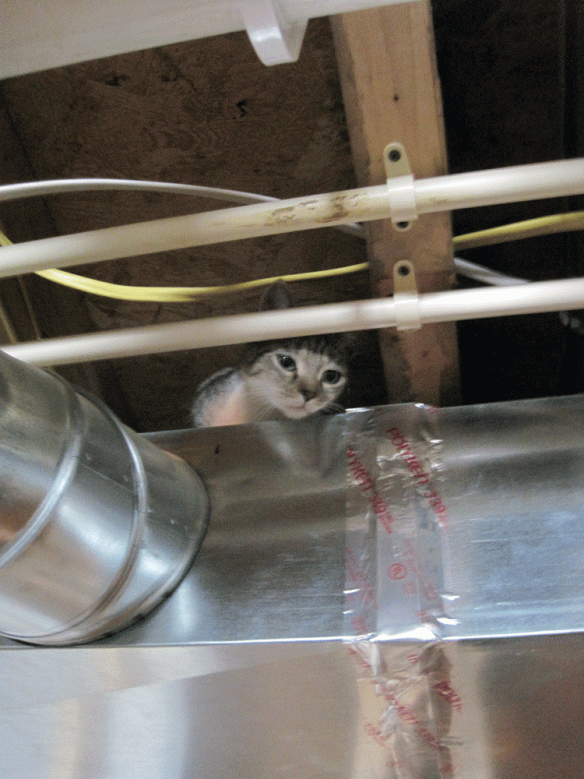
I don’t even know what to say. Suffice to say she wasn’t coming down of her own accord.
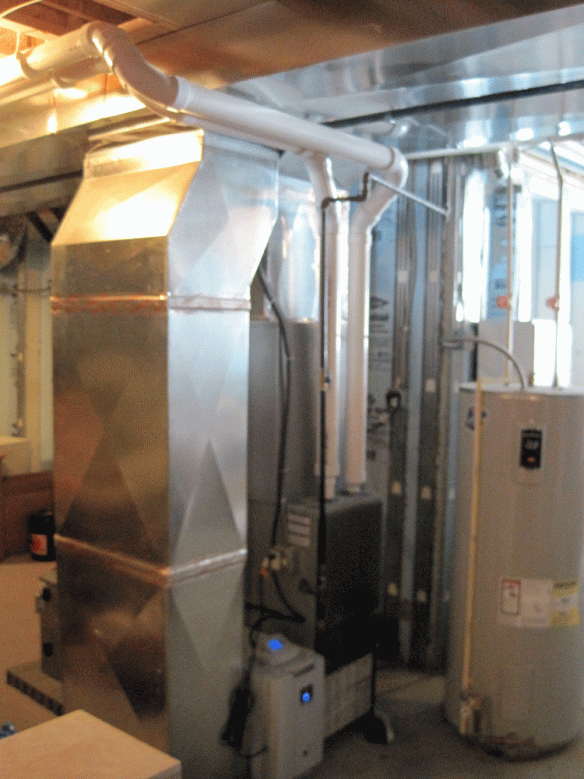
You can see the air cleaner sandwiched down low between the furnace and the rectangular air return duct.
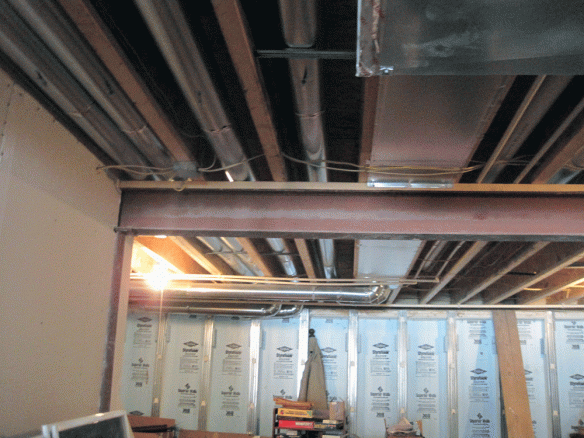
The two ducts on the far left is where she was at.
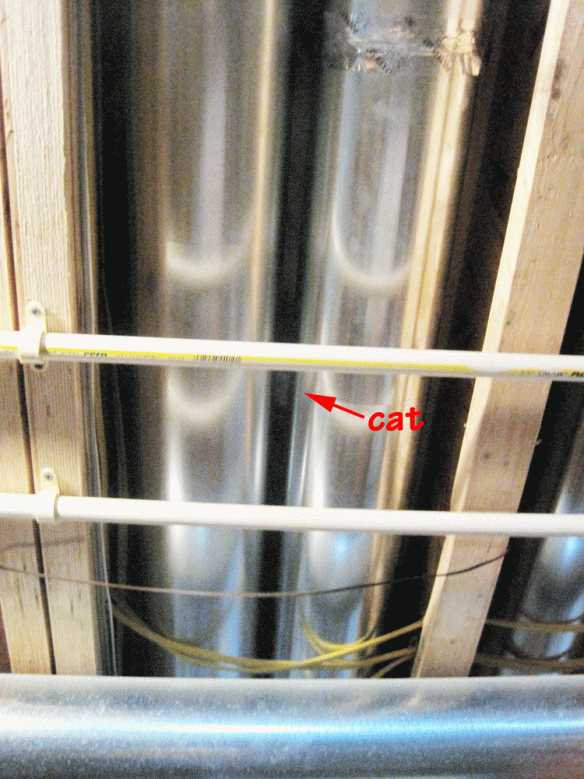
Yep.
















